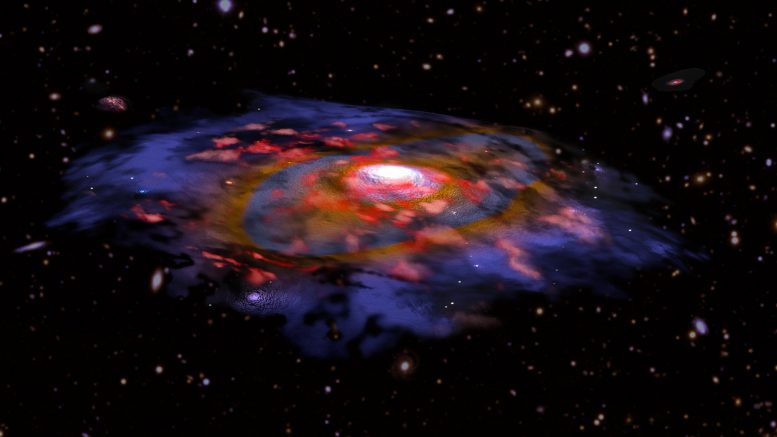
Artist’s illustration of a galaxy in the early universe that is very dusty and shows the first signs of a rotationally supported disk. In this image, the red color represents gas, and blue/brown represents dust as seen in radio waves with ALMA. Many other galaxies are visible in the background, based on optical data from VLT and Subaru.
Credit: B. Saxton NRAO/AUI/NSF, ESO, NASA/STScI; NAOJ/Subaru
When the Universe was only a tenth of its current age its galaxies experienced a growth spurt. It was this period that the scientists in the ALPINE (ALMA Large Program to INvestigate C+ at Early times) project focused on when they used ESO’s ALMA telescope to carry out the first ever large survey of distant galaxies. To their surprise, these galaxies observed in the early stages of their life were far more mature than expected.
Their work is the subject of a series of articles published on October 27, 2020, in the journal Astronomy & Astrophysics, signed among others by members of the CNRS and Aix-Marseille Université.
Galaxies began to form very early in the history of the Universe. To study their infancy, it is therefore necessary to go back to the dawn of time, by observing very distant galaxies. The ALPINE project focused on a period between 1 and 1.5 billion years after the Big Bang, when the first galaxies experienced a phase of rapid growth. Although such distant galaxies have already been observed, this is the first time that so many of them have been studied systematically.
Images of 118 massive galaxies, obtained with the Hubble (visible light) and Spitzer (near infrared) space telescopes, as well as spectra acquired using the ground-based VLT and Keck telescopes, were supplemented by 70 hours of observation with ALMA at submillimeter wavelengths (between the infrared and radio waves).
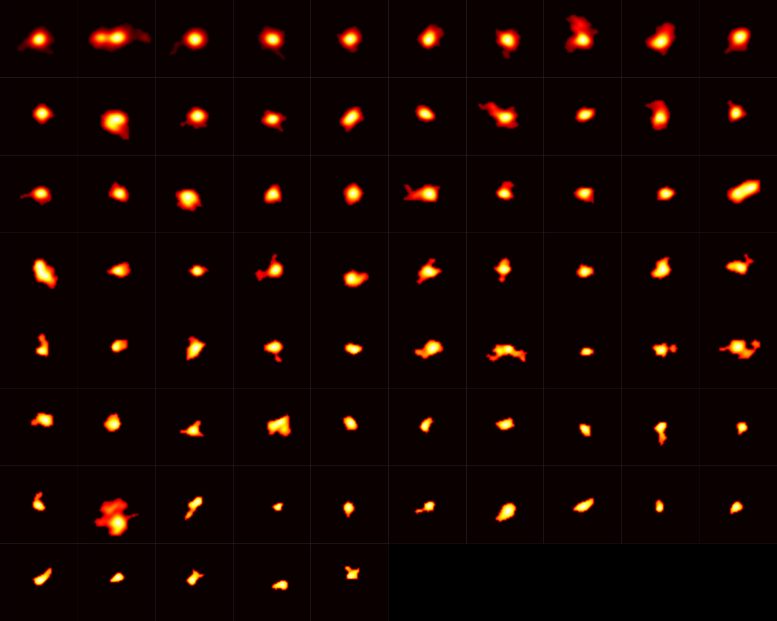
Mosaic showing some of the galaxies observed by ALMA. The bright yellow regions are those where the most stars are forming (the ionized carbon (C+) line makes it possible to see the formation of stars obscured by dust). The second image from the left in the top row shows a triple merger. Credit: © Michele Ginolfi / ALPINE
ALMA can quantify dust, a sign of maturity in galaxies, and cold gas, which provides information about their rate of growth and the number of stars they can form, as well as the motion of this gas, thus revealing the dynamics of galaxies. And this turned up some surprising data.
For a start, the observed galaxies proved to be very rich not only in cold gas, which fuels star formation, but also in dust, which is thought to be a by-product of stars at the end of their lives. So despite their young age, these galaxies had apparently seen the formation and death of a first generation of stars!
The galaxies surveyed also exhibit an astonishing diversity of shapes: some are disordered, others already have a rotating disc that may end up as a spiral structure like the Milky Way, while others have been spotted in the process of merging.
Another surprising observation is that certain galaxies appear to be ejecting gas, forming mysterious haloes around them.
The survey thus raises a number of new questions about the early evolution of galaxies.
For more on this research, read “Growth Spurt” in the Early Universe: Galaxies in the Infant Universe Were Surprisingly Mature.
Reference: “The ALPINE-ALMA [CII] survey – Survey strategy, observations, and sample properties of 118 star-forming galaxies at 4 < z < 6” by O. Le Fèvre, M. Béthermin, A. Faisst, G. C. Jones, P. Capak, P. Cassata, J. D. Silverman, D. Schaerer, L. Yan, R. Amorin, S. Bardelli, M. Boquien, A. Cimatti, M. Dessauges-Zavadsky, M. Giavalisco, N. P. Hathi, Y. Fudamoto, S. Fujimoto, M. Ginolfi, C. Gruppioni, S. Hemmati, E. Ibar, A. Koekemoer, Y. Khusanova, G. Lagache, B. C. Lemaux, F. Loiacono, R. Maiolino, C. Mancini, D. Narayanan, L. Morselli, Hugo Méndez-Hernàndez, P. A. Oesch, F. Pozzi, M. Romano, D. Riechers, N. Scoville, M. Talia, L. A. M. Tasca, R. Thomas, S. Toft, L. Vallini, D. Vergani, F. Walter, G. Zamorani and E. Zucca, 27 October 2020, Astronomy & Astrophysics.
DOI: 10.1051/0004-6361/201936965

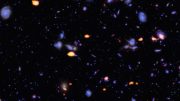
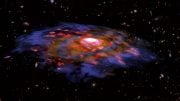
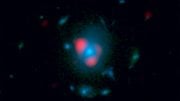
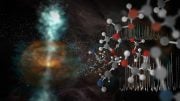
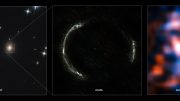
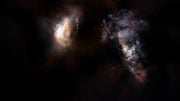
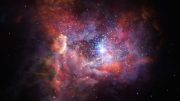
One thing I don’t comprehend, and maybe someone can answer it adequately for me. Assuming the universe is expanding at the speed of light, which in turn has us moving through space at insane speeds. And if everything started out of a single point (The Big Bang), how is it when looking out into space we’re gazing into the past since light from the early universe would have travelled at the same speed or faster than us, we could not possibly get ahead of the early universe timewise. The early universe would age at the same rate as us. Therefore, unless the big bang is an ongoing process, it’s impossible for us to be looking back into the past. Can somebody help me with this
The short explanation in response to Nicole Henry: First off there was no singular point from which the universe started from the Big Bang. This representation is clearly misleading. Think of it as a singular point in Time, but covering the entirety of Space, In other words, the universe started in everywhere at the same time in one Big Bang [say as the convergence of Time and Space for spacetime].
As for the expanding rate of the universe, the light or radiation [while not current] of earliest cosmological objects has been traveling upon its inception and does not disappear with expansion. Rather it has been hypothesized that the expansion rate reflects an complementary mechanism of Time dilation. However, where traveling into a black hole provides for a Temporal dilation via gravitational acceleration, Temporal contraction via gravitational deceleration.
I hope this answers your confusion.
Wetenschappers zoeken nog steeds naar het punt waar de oerknal begon. Pas dan kan een antwoord op de vraag worden gegeven.
With the new space telescopes we will soon start seeing universes that existed before the Big Bag!
The short explanation in response to Nicole Henry: First off there was no singular point from which the universe started from the Big Bang. This representation is clearly misleading. Think of it as a singular point in Time, but covering the entirety of Space, In other words, the universe started in everywhere at the same time in one Big Bang [say as the convergence of Time and Space for spacetime].
As for the expanding rate of the universe, the light or radiation [while not current] of earliest cosmological objects has been traveling upon its inception and does not disappear with expansion. Rather it has been hypothesized that the expansion rate reflects an complementary mechanism of Time dilation. However, where traveling into a black hole provides for a Temporal dilation via gravitational acceleration, Temporal contraction via gravitational deceleration.
I hope this answers your confusion.
this evidence tends to falsify the big bang, but we get a dark response as to the implications which are taboo to mention, the universe may be steady state after all
https://citeseerx.ist.psu.edu/viewdoc/download?doi=10.1.1.58.4475&rep=rep1&type=pdf